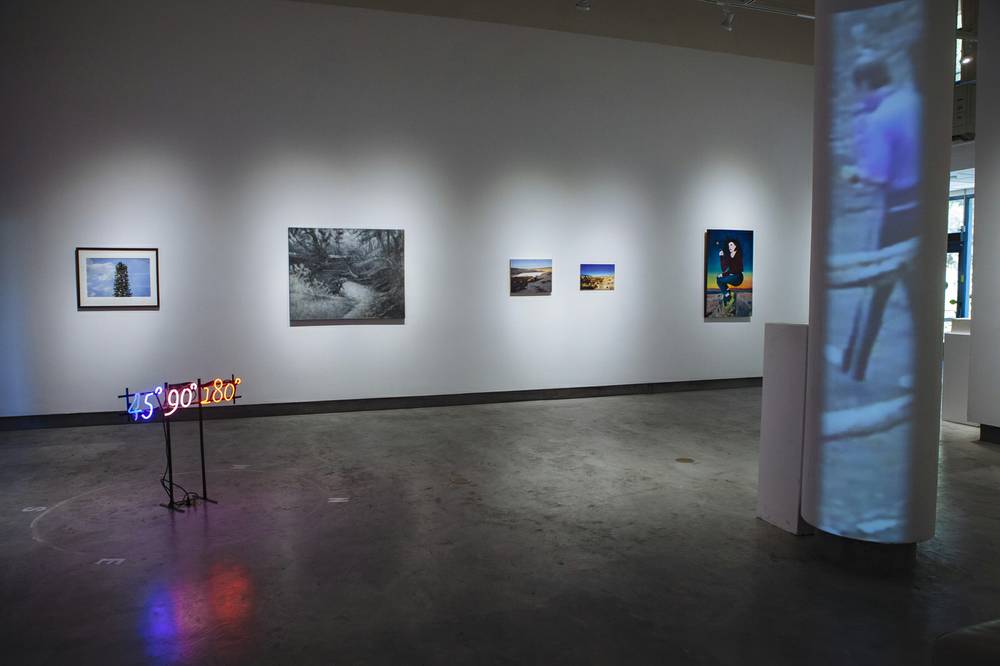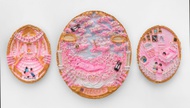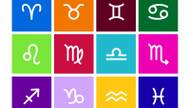
Basin & Range Through September 5; Monday-Friday, 9 a.m.-5 p.m. UNLV’s Donna Beam Fine Art Gallery, 702-895-3893.
Basin & Range, curated by Checko Salgado, spotlights Basin and Range Province, a geographical area with Oregon’s Crater Lake at one end and Guadalajara, Mexico, at the other. The entire state of Nevada sits in Basin and Range. And so do two internationally revered artworks by Michael Heizer—“City,” a mile-long sculpture made of earth and concrete about 50 miles from Area 51, and “Double Negative,” a monumental earthwork slitting the mesa near Overton. Any exhibition about the area has to deal with Heizer’s two sovereign works ... which poses a problem. Shows dedicated to cultural touchstones often succumb to fawning and cliché.
Not so here. Of the 22 pieces in Basin & Range, most take on Heizer in interesting ways—from the 1,500-foot thread in Brent Holmes’ “False Positive” (the length of “Double Negative”), to the pigments in Christopher A. Jones’ “Horst & Graben” (made from “Double Negative” soil samples), to Justin Favela’s “Family Fiesta” (a videotaped performance with piñatas bridging the 50-foot “Double Negative” gap). But the standout piece is Javier Sanchez’s “Untitled.”
Using powdered chalk (a mineral mined statewide), Sanchez delineated a compass on the gallery floor indicating “true” north, i.e., Heizer’s monumental “City.” At compass center perches a neon sign with numerical degrees governing the architectural angles in Heizer’s masterpiece: 45 (blue), 90 (pink), and 180 (tangerine). Sanchez’s use of native mineral and fabricated neon in a simple, unlikely union draws attention to latent cultural conflict: rural vs. urban, environment vs. development, nature vs. civilization. The compass also pinpoints the central opposition between Heizer’s remote, austere “City”—inspired by archeological ruins and famous only among specialists—and the ever-accessible, glamorous mecca of Las Vegas, known to all worldwide. Heizer’s “City” is not yet open to the public (trespassers arriving via unmarked, unpaved roads risk reprisal), but once it is, Las Vegas will be the gateway to international art tourism. Pointing to Heizer’s achievement, Sanchez’s compass is more of a wink than a bow.
Other artists come at Heizer more obliquely. Julian Kilker’s installation, “Annie and the Shaman,” references nuclear testing and Native American culture (Heizer’s works abut test site and ancestral lands), while Weekly photographer Mikayla Whitmore’s “Sprink Break” archival video installation, Jen Kleven’s “Urban Naturalism” photograph and Mark Brandvik’s “Westy” panel conjure nostalgia for landscapes yet to be preserved (Heizer’s artworks are instrumental in the conservation movement). Similarly, Robert Beckmann contributes two skilled “water” paintings, “Weir” and “Entrance to Lake Mead.” The exhibition also features three videos, including “Oscillations,” an intriguing work by David Sanchez Burr riffing on Heizer’s cultivation of silence.
Basin & Range sometimes feels uneven, and the videos in particular feel rushed. That said, it’s an interesting, worthwhile exhibition foregrounding Basin and Range Province and the art it inspires.






